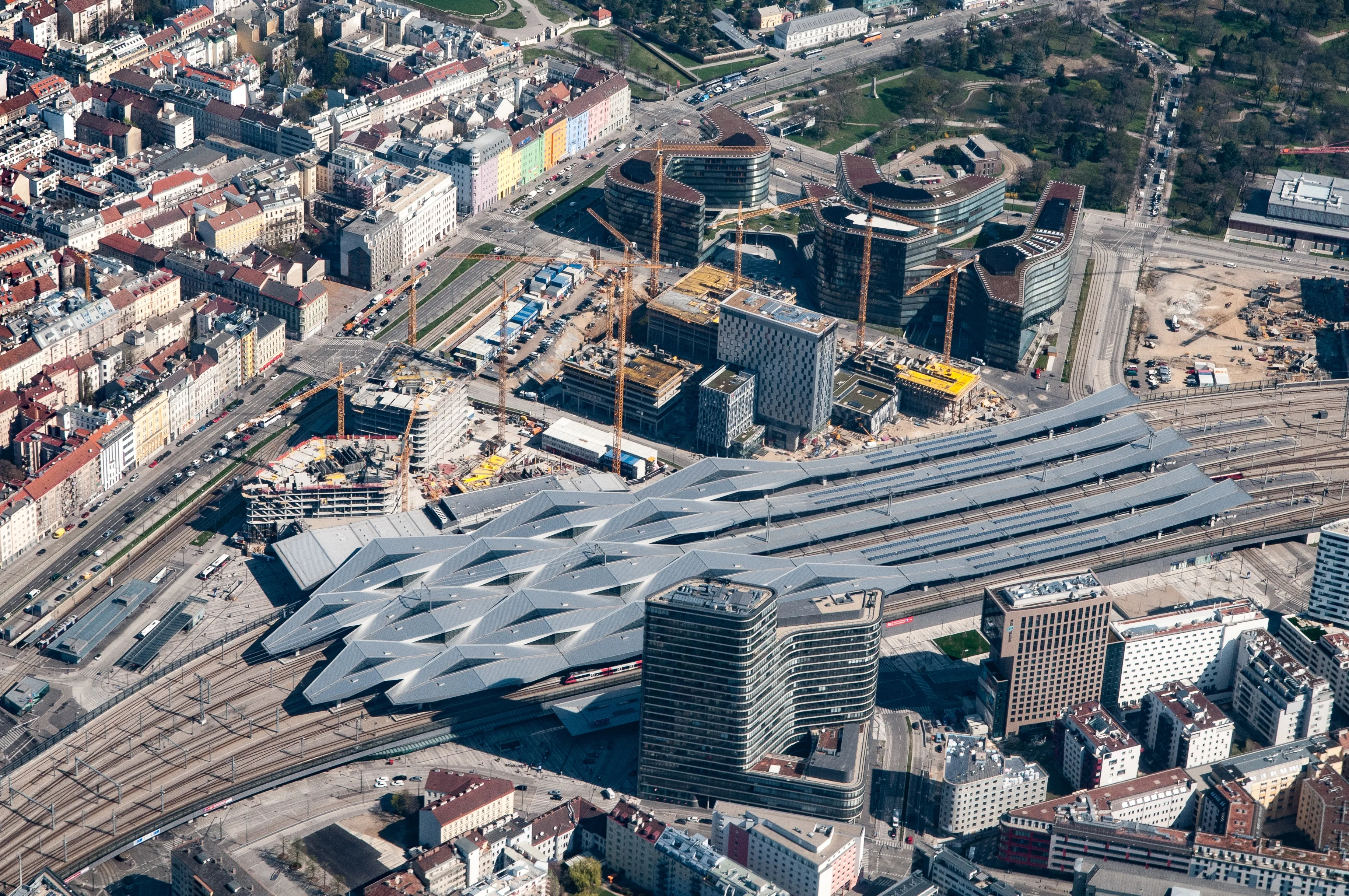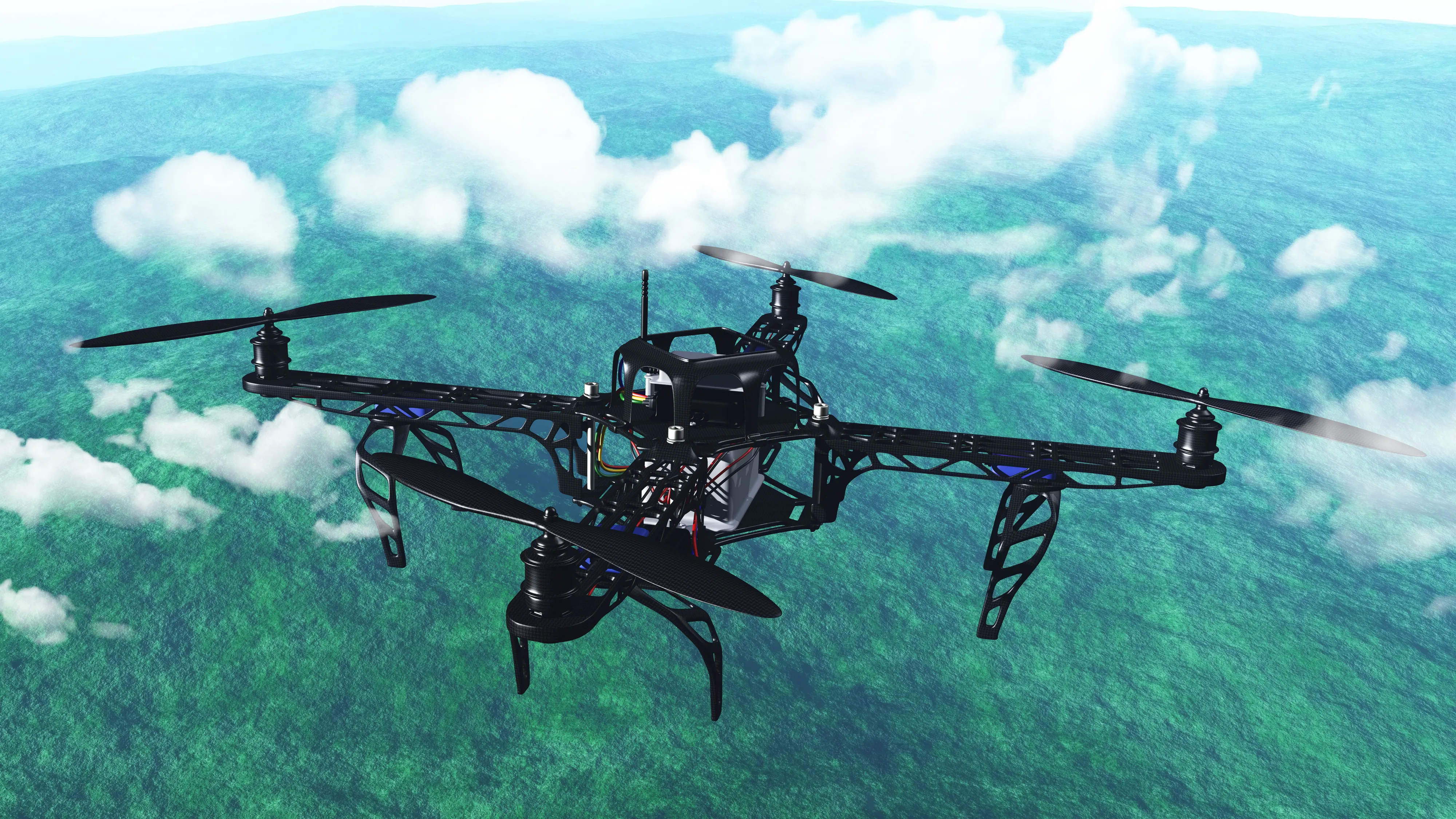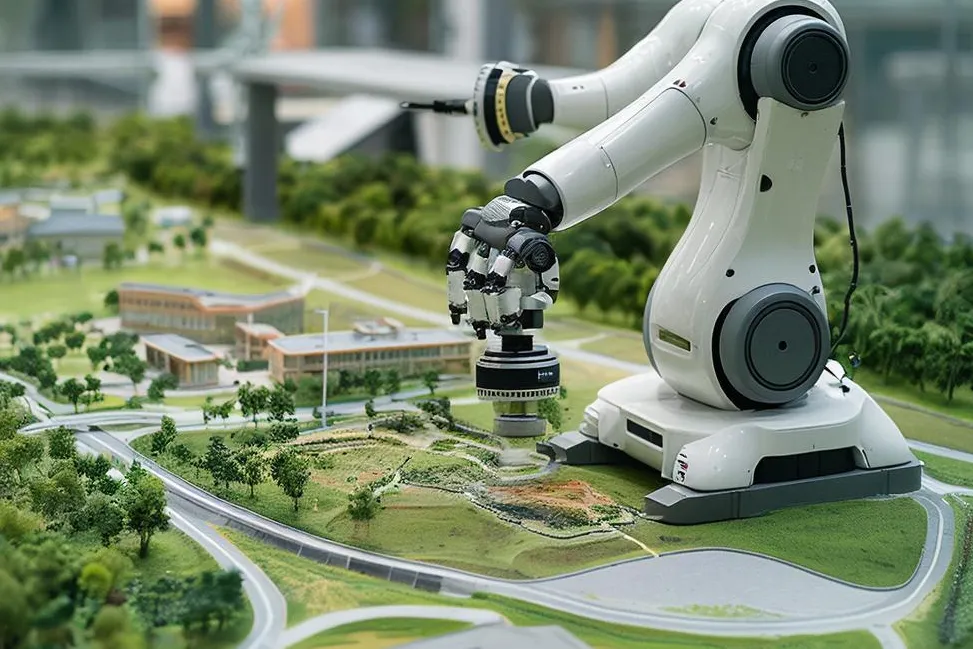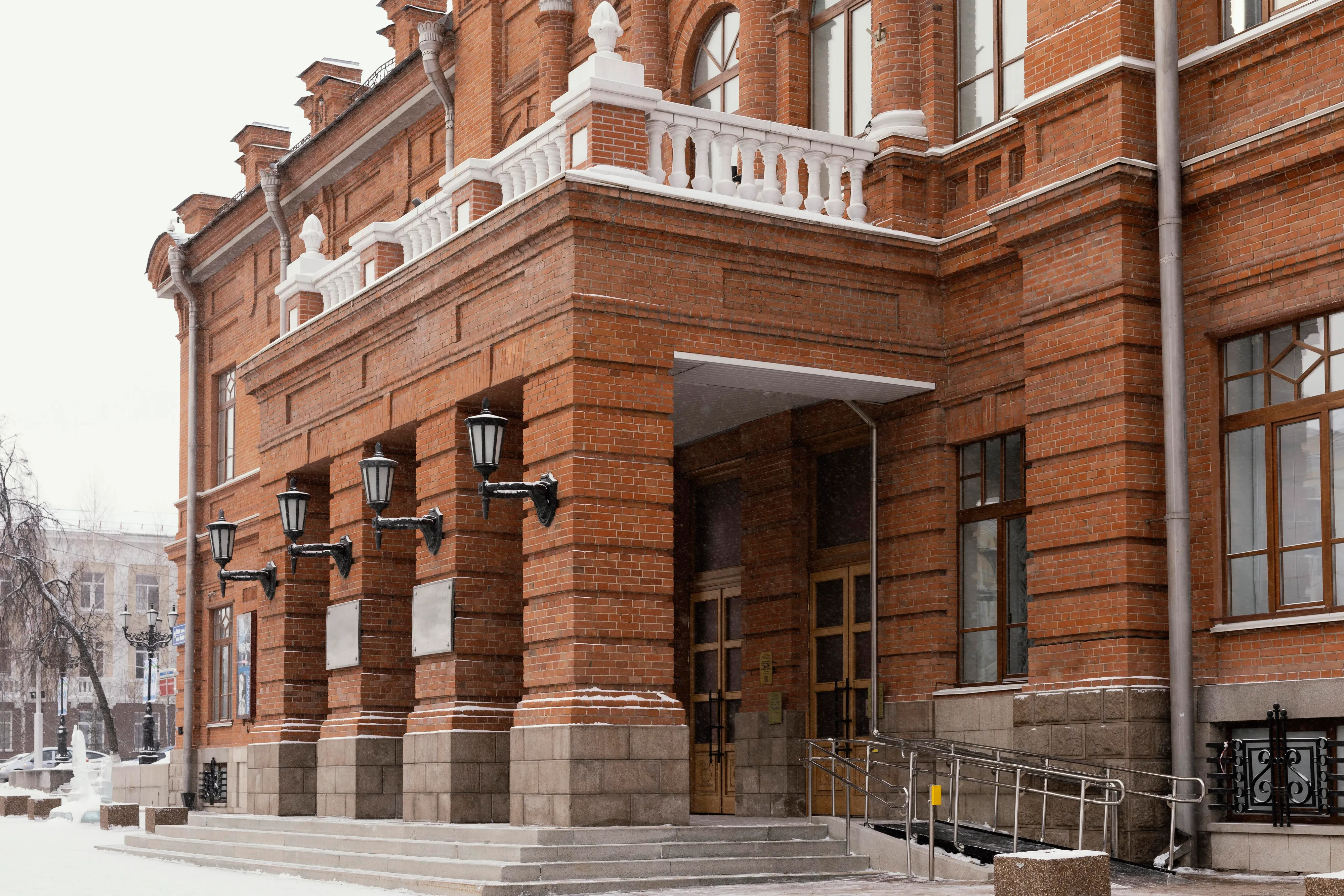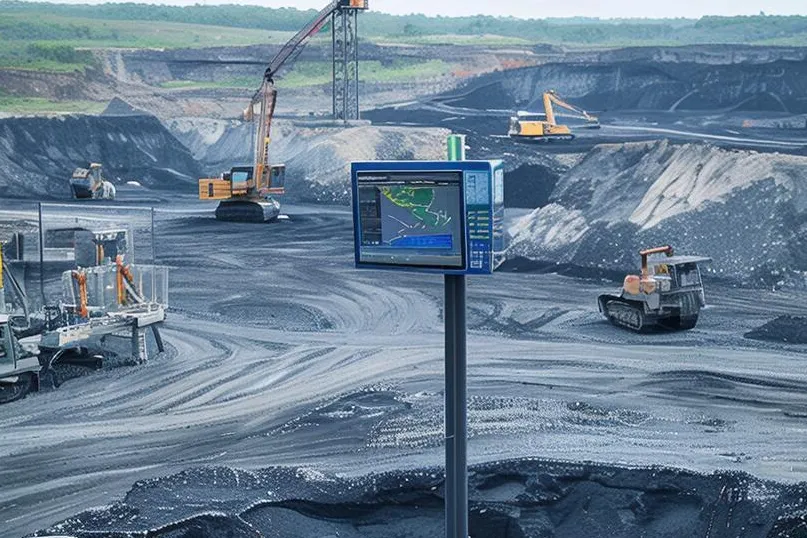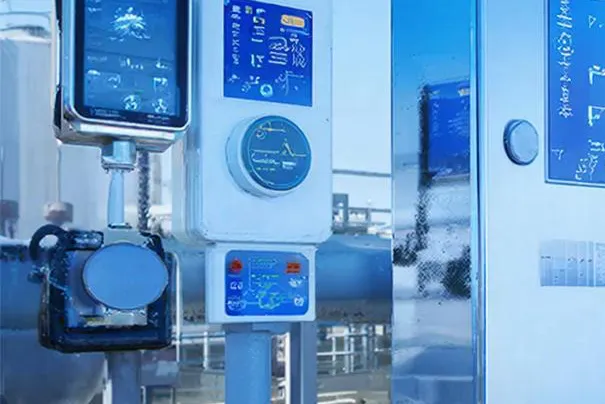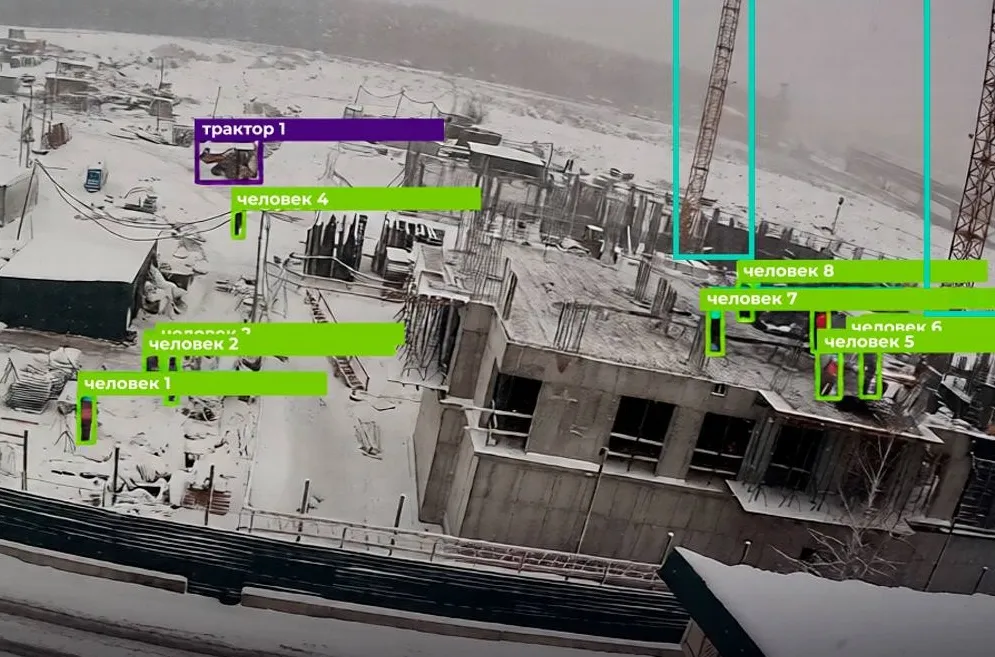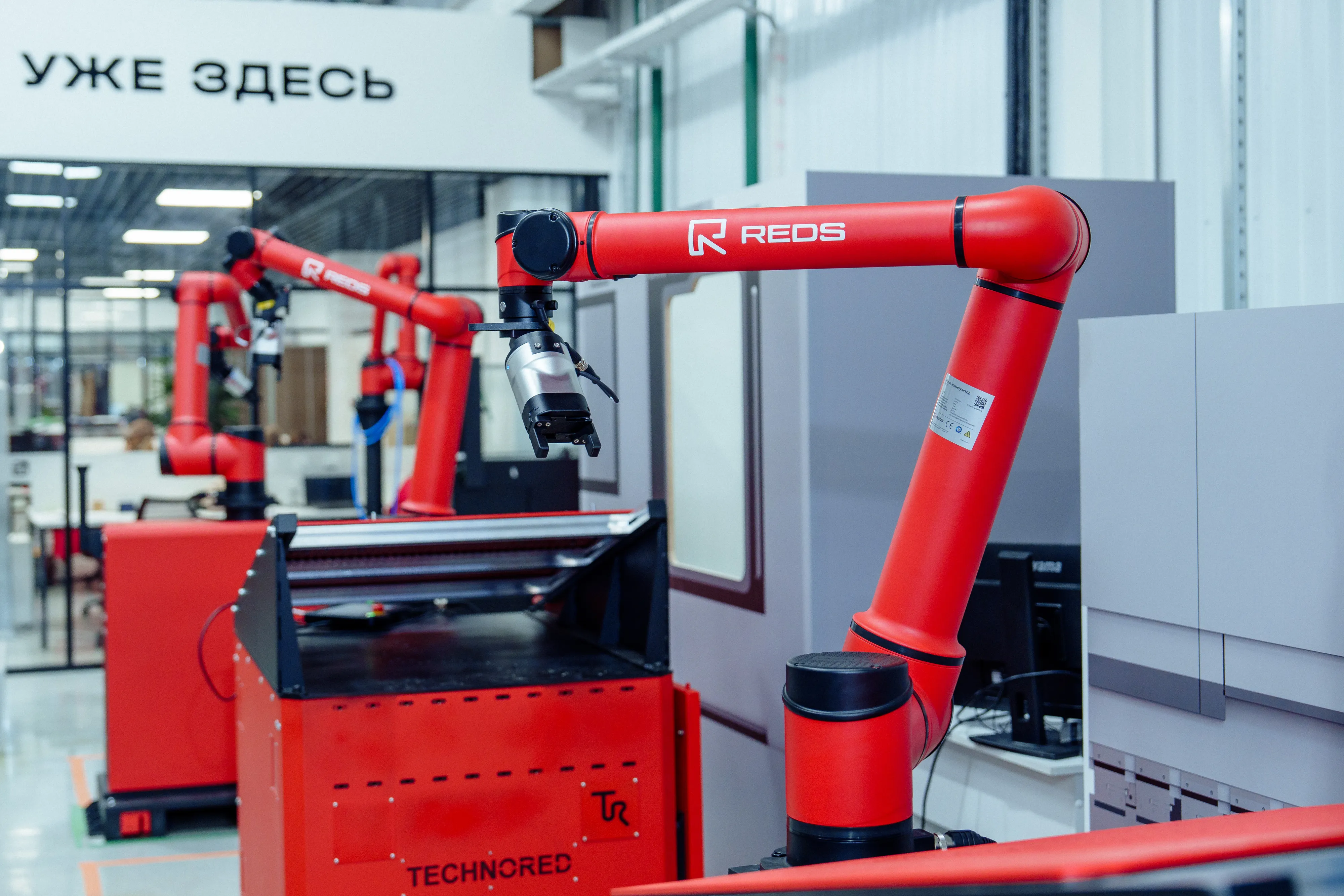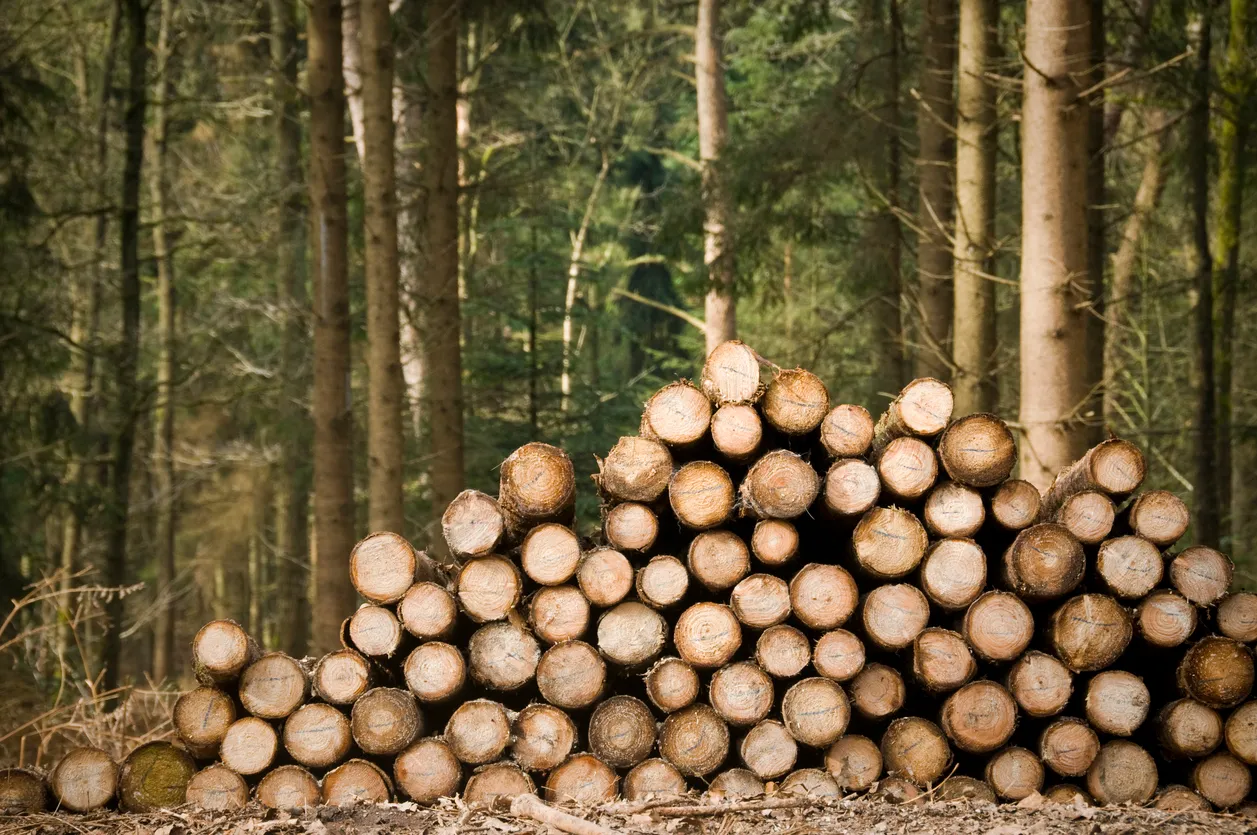Russian Geophysicists Build Neural Network to Explore Offshore Oil and Gas
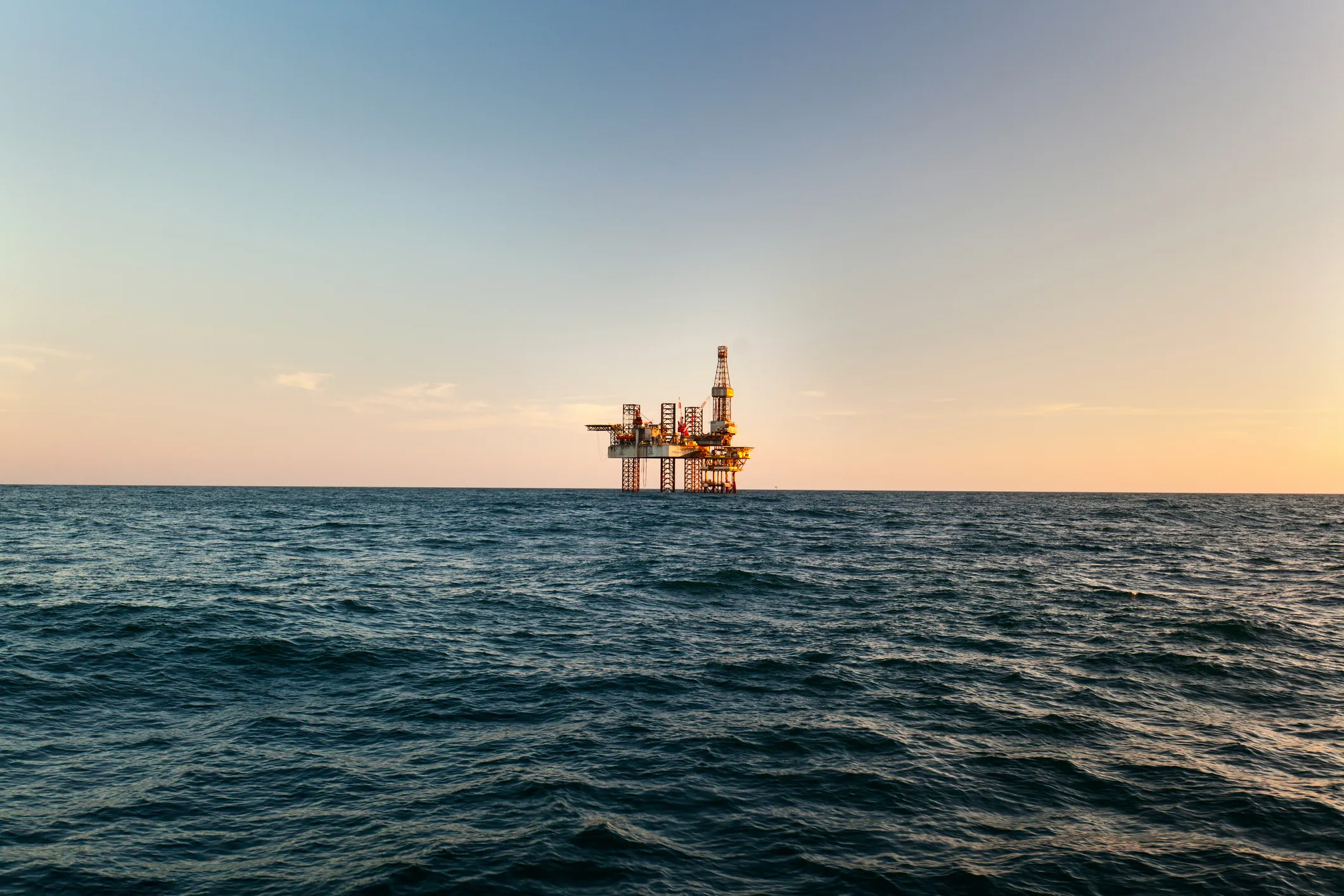
A new AI model speeds up seismic data analysis and reduces risks in developing Arctic oil and gas fields.
Scientists from St. Petersburg State University and Moscow State University have created an artificial intelligence system designed to accelerate seismic data processing on the continental shelf. The technology could make oil and gas exploration safer in the Arctic and the Russian Far East, where an estimated 70 percent of the country’s reserves are located, according to Argumenti.ru.
The algorithm, based on the EfficientNetB4 neural network, analyzes surface seismic waves using the MASW method to detect high-risk zones, including ancient riverbeds and areas with unstable rock formations. Previously, only 8 to 10 percent of seismic data could be processed due to time constraints. Now, the AI can generate detailed 3D models covering thousands of square kilometers and accurately forecast potential hazards for offshore drilling platforms.
Currently, only about 5 percent of Russia’s offshore reserves are being developed, largely because of extreme operating conditions. Researchers say the new technology could not only speed up exploration but also cut extraction costs. Future improvements will include training the algorithm on synthetic datasets to increase accuracy.


